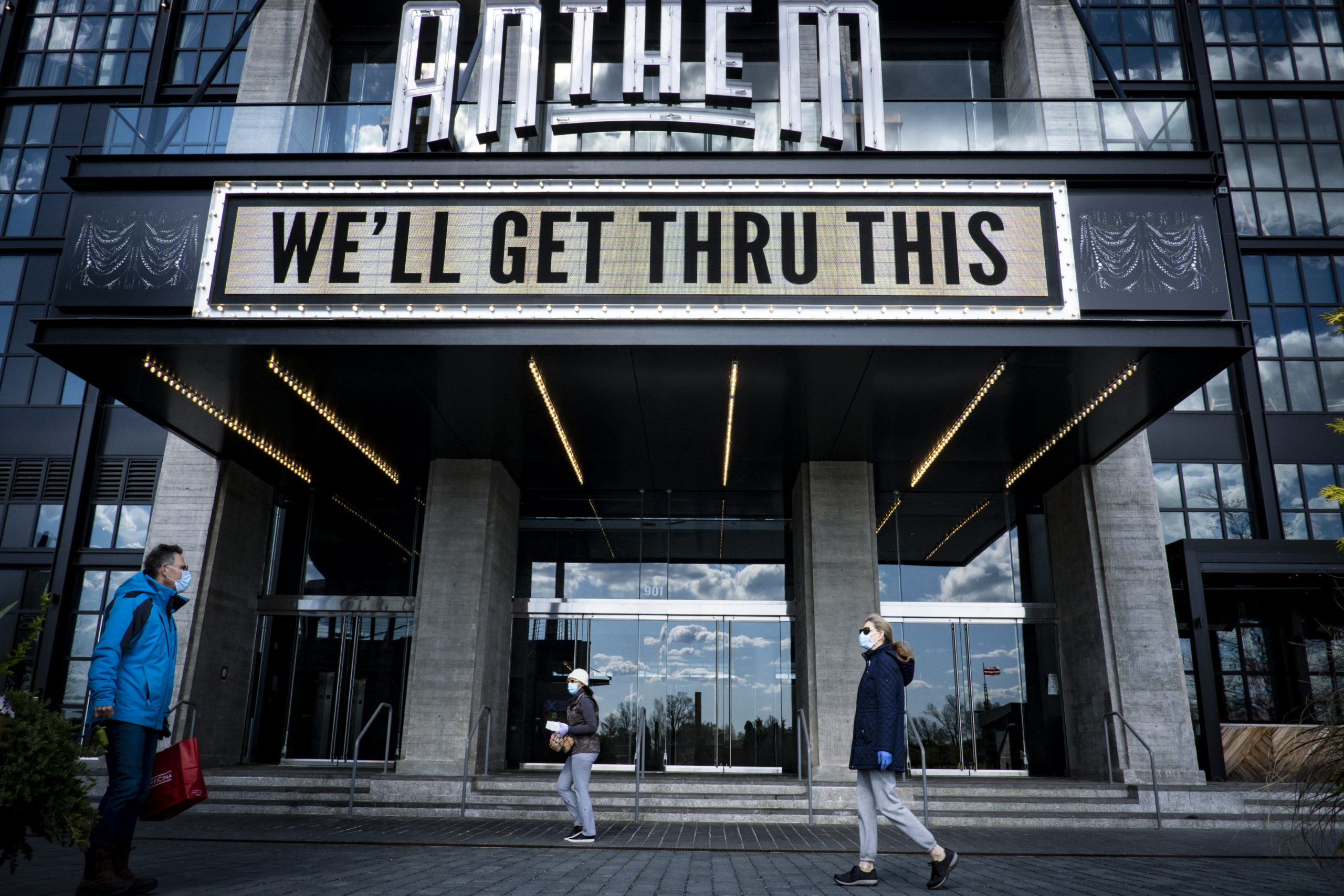I am currently using NIKON cameras and lenses. This was not always the case. In my early days of shooting on the professional golf tours, I used CANON. In 1998 I switched to NIKON simply because the F5 was, in my opinion, the best camera on the market. The autofocus was better than anything on the market and the flash system just worked perfectly.
I started using the NIKON digital cameras when I got back into newspaper work and the papers supplied us with D2h bodies. I have used the D200, D2x and the D3. I currently use D700 bodies primarily because of the cost/benefit factors. For most of what I shoot, the D700 is all I need. The extra bells and whistles on the D3 do not currently justify the cost and because I do not shoot any video I do not need the D3s (Yet).
Simply put, in my opinion, the quality of the images produced by the D700 camera is stunning. I can find no fault with the D700 ergonomics and durability. The D700 may be the most perfect camera that I have ever owned or used in my 25-plus years of being a professional photographer.
I know the NIKON/CANON fight will probably go on forever. That is fine by me. Even though I shoot with NIKON equipment, I respect everything CANON does and I am glad they are there. CANON users should feel the same about NIKON. If there was only one equipment manufacturer, we would probably still be shooting film today. We need the two companies, and all of the smaller ones for that matter, to stay in the game and push the technology forward. It guarantees innovation continues.
My current camera kit:
-
3 NIKON D700 Bodies
AF Fisheye-NIKKOR 16mm f/2.8D
AF NIKKOR 28mm f/2.8D
AF NIKKOR 20-35mm f/2.8D
AF NIKKOR 50mm f/1.4G
AF NIKKOR 85mm f.1.4G
AF-S VR-NIKKOR 70-200mm f/2.8G
AF-S NIKKOR 400mm f/2.8D
ROBERTS IMAGING
If you are in the market for new equipment I recommend contacting Ed Sipes or Jody Grober at Roberts Imaging in Indianapolis. For the past six or seven years I have used Roberts for all my camera equipment needs. They are knowledgeable, easy to work with and they go out of their way to get you what you need when you need it. Their service is excellent.
APPLE COMPUTERS
I was originally planning to be a computer scientist and in 1979 I headed off for college to Purdue University. There, while working as a computer operator at the university computer center, a systems programmer came to work one day with the very first Macintosh Computer. I played with that thing for hours and as far as personal computers go, I have never looked back.
I am not going to get into the whole Mac vs PC argument. As far I am concerned, there is nothing to debate. Macs are simply the best computers on the market. They are fast, designed like no other, and they just work.
I use a Mac Pro Desktop with a 20-inch Cinema Display and a 15-inch MacBook Pro laptop.
FYI – Roberts Imaging can also help with all of your Mac computer needs.
LEXAR DIGITAL MEDIA
I used to use Sandisk compact flash cards, but I have to say I had nothing but problems with them. I cannot count the times they failed on me. I switched to LEXAR and have had very few issues since. (And I have a bad habit of washing cards when doing the laundry.) I know there are people out there that have had exactly the opposite experience with the two brands, but for me LEXAR has worked out best.
GRAPH PAPER PRESS and VISUAL SOCIETY (wordpress themes and webhosting)
I have had all types of Websites during the past 12 or so years. I have a programming background, so my first Websites where self-coded in basic HTML. Then came the allure of Flash and all the eye-candy animations that where possible. It made for some slick designs, but it was hard to customize and update. I switched to a Flash site long after everyone else had done so, and I only stuck with it for only about a year.
By that time, blogging was taking over the Internet and WordPress was the standard. While cruising the Internet one day, I came across USA Today photographer Jack Gruber’s website. I was intrigued. He was using WordPress as the framework of the site along with a theme designed by Thad Allender at Graph Paper Press.
I liked how the site looked and how it could be integrated with Photoshelter, which is where I have my archive.
I contacted Thad Allender at Graph Paper Press and discussed the possibilities.
Using Graph Paper Press’ Modularity theme along with the On Assignment child theme, I made some design changes and I have been really pleased with the results. I am even more pleased with what moving to a blog format has done for my Google ranking.
As you are probably aware, if you want to be found on the Internet, there is more to it than someone simply searching for you by name. Sure if a client knows your name, you are easy to find. But if a client needs a photojournalist in Washington D.C., what do you think he or she will search on?
Within a week of launching my new “blog” site, I was in the top 7 results when searching for “photojournalist Washington DC.”
Using Graph Paper Press’ themes and their integration with PhotoShelter together, updating my website has never been easier. Before making the switch, I would go months without updating my Website because it was too time consuming. Resizing images and uploading them in addition to writing captions and stories in the clunky flash environment was too much work.
If you are interested in Graph Paper Press and their themes, visit www.graphpaperpress.com.
My Website is hosted on Visual Society, another company owned by Thad Allender. The service and support is excellent.
PHOTOSHELTER
Photoshelter is THE answer for the photographer in the digital age. It serves not only as an archive for safekeeping of my images, but also as a tool for marketing and distribution. Photoshelter’s marketing tools enable me to attract more visitors and its sales tools allow clients to search my full archive, make purchases, and download hi-res images instantly online. I can sell prints and products and license images for Royalty Free, Rights Managed and Personal Use directly from my Website.
Photoshelter is a major part of my daily workflow. After I finish working up images in Lightroom, (See more on Lightroom below) I upload the them to my Photoshelter archive directly from Lightroom. I then apply pricing profiles to the shoot and sort them into appropriate galleries. They are then ready to be view and purchased my clients. I can also send images directly to clients using Photoshelter’s FTP system.
I can also link the images in my archive to my main Website. By doing this, any time guests click on an image on my main Website, they are sent directly to my archive with options to purchase prints or license them for editorial or commercial use. Best of all, it all works seemlessly and within the “look” of my website.
Allen Murabayashi, Grover Sanschagrin and all the people behind PhotoShelter believe in and care about independent photographers. Whenever I have a question, their support staff is quick and courteous.
If you are interested in PhotoShelter, please use this link (CLICK HERE) which will will give you a $40 discount when you join.
ADOBE LIGHTROOM
I, like most photographers who work for newspapers, used PhotoMechanic and Photoshop as the main tools of my workflow for many years. But after I played around with Adobe Lightroom, I made some changes.
Basically, I now do all of my work in Lightroom. As a news photographer who has no need to do major editing of my images, I find that Lightroom allows me to do all of the work I need to do on an image.
Unfortunately, due to Adobe’s insistence that the RAW file is never touched, I still find a need to use PhotoMechanic. PhotoMechanic allows me to embed basic metadata and caption information into the file. Lightroom will place that same information into the Lightroom catalog or to a sidecar file. My problem with this is that if the catalog is lost or corrupted or the sidecar files are lost, so is the caption information.
So the workflow is as follows:
Ingest cards
Rename and caption images with basic information and metadata
Import into Lightroom
Edit and select
Work up the images
Export to Photoshelter
Some may wonder why, since I am obviously a Apple/Mac fanatic, why I am not using Aperture. Well basically, I just want to keep everything consistent. The standard for RAW image processing is Adobe’s Camera RAW module, which is also the RAW processor in both Photoshop and Lightroom, so it just makes the sense.



